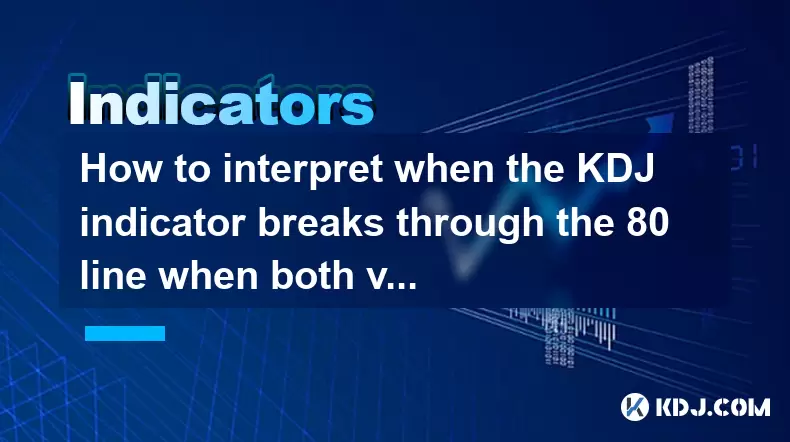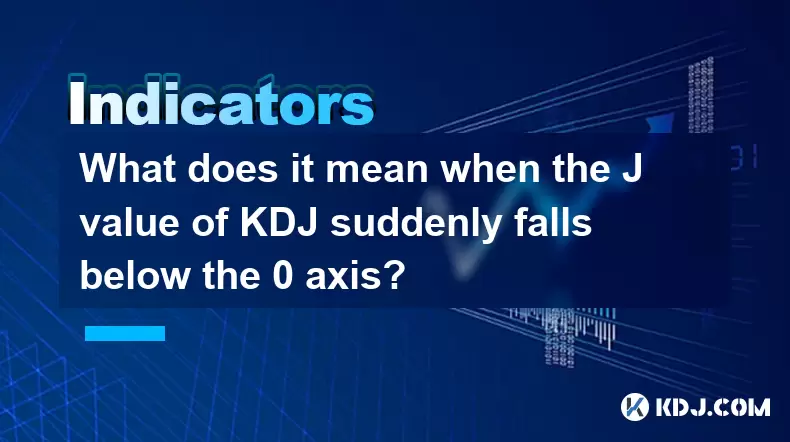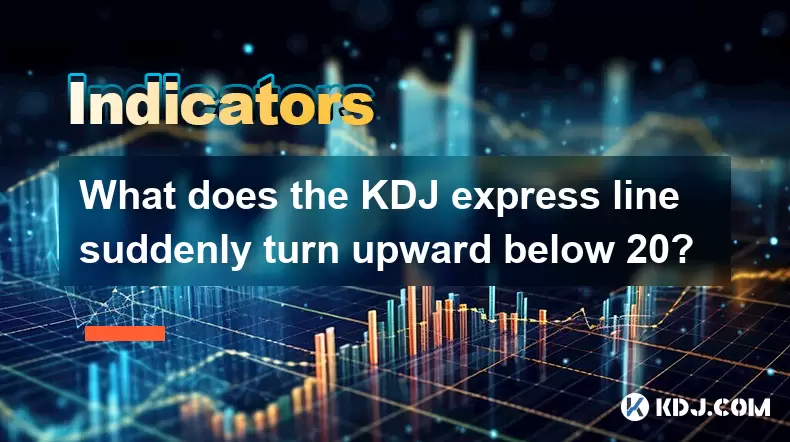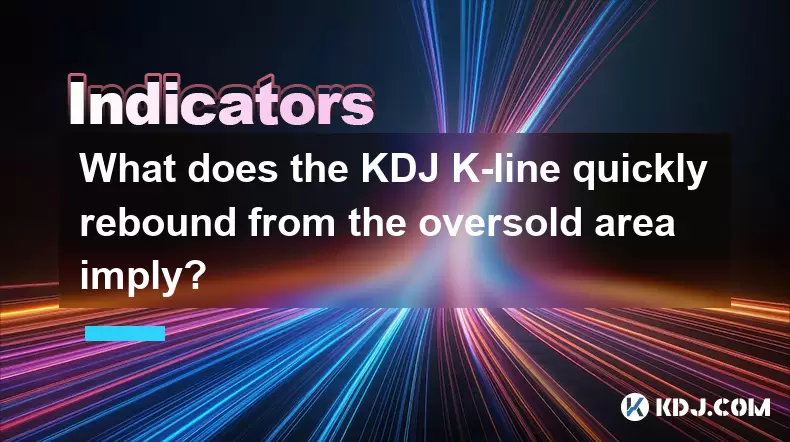-
 Bitcoin
Bitcoin $115100
-2.99% -
 Ethereum
Ethereum $3642
-1.38% -
 XRP
XRP $3.027
-5.51% -
 Tether USDt
Tether USDt $1.000
-0.05% -
 BNB
BNB $763.4
-1.32% -
 Solana
Solana $177.2
-5.42% -
 USDC
USDC $0.9999
-0.02% -
 Dogecoin
Dogecoin $0.2247
-6.47% -
 TRON
TRON $0.3135
0.23% -
 Cardano
Cardano $0.7824
-4.46% -
 Hyperliquid
Hyperliquid $42.53
-0.97% -
 Stellar
Stellar $0.4096
-6.09% -
 Sui
Sui $3.662
-2.61% -
 Chainlink
Chainlink $17.63
-3.57% -
 Bitcoin Cash
Bitcoin Cash $536.3
2.94% -
 Hedera
Hedera $0.2450
0.34% -
 Avalanche
Avalanche $23.23
-3.15% -
 Litecoin
Litecoin $112.2
-1.23% -
 UNUS SED LEO
UNUS SED LEO $8.976
-0.30% -
 Shiba Inu
Shiba Inu $0.00001341
-2.72% -
 Toncoin
Toncoin $3.101
-2.44% -
 Ethena USDe
Ethena USDe $1.001
-0.05% -
 Uniswap
Uniswap $10.08
-1.97% -
 Polkadot
Polkadot $3.938
-2.77% -
 Monero
Monero $323.9
0.87% -
 Dai
Dai $0.9999
-0.02% -
 Bitget Token
Bitget Token $4.481
-1.69% -
 Pepe
Pepe $0.00001199
-5.94% -
 Aave
Aave $288.2
-0.68% -
 Cronos
Cronos $0.1279
0.36%
What are the best Parabolic SAR settings for crypto?
Optimize Parabolic SAR settings for crypto trading by adjusting acceleration factors to suit market volatility, timeframe, and asset type.
Jul 15, 2025 at 02:21 am

Understanding the Parabolic SAR in Cryptocurrency Trading
The Parabolic SAR (Stop and Reverse) is a technical indicator widely used by traders to identify potential reversals in price trends. In the context of cryptocurrency, where market volatility can be extreme, understanding how to optimize the Parabolic SAR settings becomes crucial for both novice and experienced traders. The standard settings for this indicator are typically set at 0.02 acceleration factor and 0.2 maximum acceleration, but these may not always yield optimal results in the crypto space due to its unique characteristics.
Why adjust Parabolic SAR settings? Because cryptocurrencies like Bitcoin, Ethereum, and altcoins often exhibit rapid price swings, default settings may produce too many false signals or lag behind real trend changes. Adjusting the parameters allows traders to tailor the indicator to specific assets and timeframes.
Factors Influencing Parabolic SAR Effectiveness in Crypto Markets
Several variables affect how well the Parabolic SAR performs when applied to cryptocurrency charts. These include:
- Market Volatility: High volatility can cause frequent SAR dot reversals, leading to premature exits from trades.
- Timeframe: Shorter timeframes (like 5-minute or 15-minute charts) may require faster reaction settings, while daily charts might benefit from more stable configurations.
- Asset Type: Major coins like BTC or ETH may behave differently compared to small-cap altcoins, requiring distinct parameter adjustments.
Key Insight: Traders should consider testing different values across multiple assets and timeframes before settling on a preferred configuration.
Recommended Parabolic SAR Settings for Crypto Trading
While there's no one-size-fits-all setting, several commonly tested configurations have emerged among crypto traders:
- Acceleration Factor (AF): Start with 0.01 or 0.02 and test up to 0.05.
- Maximum Acceleration (Max AF): Typically ranges between 0.2 and 0.5.
Here’s how you can experiment with these values:
- Increase the AF for a more responsive SAR that follows price closely.
- Lower the AF if you want fewer, more reliable signals.
- Raise Max AF to allow the SAR to adapt more aggressively to strong trends.
Important Note: Always backtest any setting on historical data before applying it in live trading conditions.
How to Apply and Test Different Parabolic SAR Settings
To effectively test different Parabolic SAR settings, follow these steps using platforms like TradingView or Binance:
- Open your preferred charting platform and load a crypto pair such as BTC/USDT or ETH/USDT.
- Navigate to the indicators section and select "Parabolic SAR".
- Locate the input fields for "Step" (acceleration factor) and "Maximum" (max acceleration).
- Change the default values to your desired settings (e.g., Step = 0.01, Maximum = 0.4).
- Apply the changes and observe how the SAR dots align with price action during trending and sideways phases.
- Repeat the process with various combinations and compare results over different time periods.
Pro Tip: Overlay moving averages or use volume indicators alongside SAR to filter out weak signals and improve accuracy.
Common Mistakes When Using Parabolic SAR in Crypto Trading
Even experienced traders can fall into traps when using the Parabolic SAR without proper understanding:
- Misinterpreting SAR dots during ranging markets: SAR performs poorly in sideways markets and generates many false signals.
- Using default settings without customization: Default values may not suit fast-moving crypto assets.
- Over-relying on SAR alone: It's best used in conjunction with other tools like RSI, MACD, or support/resistance levels.
Avoid This: Entering trades solely based on SAR reversals without confirming with other indicators or chart patterns.
Frequently Asked Questions
Q: Can I use Parabolic SAR for scalping in crypto?
A: Yes, but with caution. You may need to increase the acceleration factor to make the SAR more sensitive to short-term price moves. However, be prepared for more noise and false signals.
Q: Does Parabolic SAR work better on certain crypto pairs?
A: It tends to perform better on major pairs like BTC/USDT or ETH/USDT due to their relative liquidity and smoother price action compared to low-volume altcoins.
Q: How do I know if my SAR settings are too aggressive or too conservative?
A: If you notice SAR flipping too often with minimal profit capture, your settings are likely too aggressive. Conversely, if SAR rarely triggers a signal even during clear trends, they’re probably too conservative.
Q: Is Parabolic SAR suitable for long-term crypto investing?
A: It's primarily designed for short-to-medium term trading rather than buy-and-hold strategies. Long-term investors may find it less useful due to frequent whipsaws and reversal signals.
Disclaimer:info@kdj.com
The information provided is not trading advice. kdj.com does not assume any responsibility for any investments made based on the information provided in this article. Cryptocurrencies are highly volatile and it is highly recommended that you invest with caution after thorough research!
If you believe that the content used on this website infringes your copyright, please contact us immediately (info@kdj.com) and we will delete it promptly.
- Crypto ETFs: Analyzing the 2025 Boom and Beyond
- 2025-07-26 00:30:12
- Bitcoin Swift (BTC3): Last Call for Presale Stage 1!
- 2025-07-25 23:10:12
- Altcoins of the Decade: Unearthing the Top 3 Crypto Titans
- 2025-07-25 23:50:11
- Bitcoin, Presales, and Crypto Buys: What's Hot in the NYC Crypto Scene?
- 2025-07-25 23:50:11
- BlockDAG, LINK, and Uniswap: Navigating the Crypto Landscape with Real-World Utility
- 2025-07-25 23:55:12
- Tyre Legalities and the 20p Coin Test: What Motoring Experts Want You to Know
- 2025-07-25 23:55:12
Related knowledge

How to interpret when the KDJ indicator breaks through the 80 line when both volume and price rise?
Jul 26,2025 at 12:47am
Understanding the KDJ Indicator and Its ComponentsThe KDJ indicator is a momentum oscillator widely used in technical analysis within the cryptocurren...

What does it mean when the J value of KDJ suddenly falls below the 0 axis?
Jul 26,2025 at 12:01am
Understanding the KDJ Indicator in Cryptocurrency TradingThe KDJ indicator is a momentum oscillator widely used in cryptocurrency trading to identify ...

How to interpret that the KDJ D line is downward for a long time but the price is sideways?
Jul 25,2025 at 07:00pm
Understanding the KDJ Indicator and Its ComponentsThe KDJ indicator is a momentum oscillator widely used in cryptocurrency trading to assess overbough...

What does the KDJ express line suddenly turn upward below 20?
Jul 25,2025 at 11:49pm
Understanding the KDJ Indicator in Cryptocurrency TradingThe KDJ indicator is a momentum oscillator widely used in cryptocurrency trading to identify ...

What does the KDJ K-line quickly rebound from the oversold area imply?
Jul 26,2025 at 12:21am
Understanding the KDJ Indicator in Cryptocurrency TradingThe KDJ indicator is a momentum oscillator widely used in cryptocurrency trading to identify ...

What does it mean that the KDJ indicator forms a double bottom at a low level?
Jul 25,2025 at 05:08pm
Understanding the KDJ Indicator in Cryptocurrency TradingThe KDJ indicator is a momentum oscillator widely used in cryptocurrency trading to identify ...

How to interpret when the KDJ indicator breaks through the 80 line when both volume and price rise?
Jul 26,2025 at 12:47am
Understanding the KDJ Indicator and Its ComponentsThe KDJ indicator is a momentum oscillator widely used in technical analysis within the cryptocurren...

What does it mean when the J value of KDJ suddenly falls below the 0 axis?
Jul 26,2025 at 12:01am
Understanding the KDJ Indicator in Cryptocurrency TradingThe KDJ indicator is a momentum oscillator widely used in cryptocurrency trading to identify ...

How to interpret that the KDJ D line is downward for a long time but the price is sideways?
Jul 25,2025 at 07:00pm
Understanding the KDJ Indicator and Its ComponentsThe KDJ indicator is a momentum oscillator widely used in cryptocurrency trading to assess overbough...

What does the KDJ express line suddenly turn upward below 20?
Jul 25,2025 at 11:49pm
Understanding the KDJ Indicator in Cryptocurrency TradingThe KDJ indicator is a momentum oscillator widely used in cryptocurrency trading to identify ...

What does the KDJ K-line quickly rebound from the oversold area imply?
Jul 26,2025 at 12:21am
Understanding the KDJ Indicator in Cryptocurrency TradingThe KDJ indicator is a momentum oscillator widely used in cryptocurrency trading to identify ...

What does it mean that the KDJ indicator forms a double bottom at a low level?
Jul 25,2025 at 05:08pm
Understanding the KDJ Indicator in Cryptocurrency TradingThe KDJ indicator is a momentum oscillator widely used in cryptocurrency trading to identify ...
See all articles

























































































